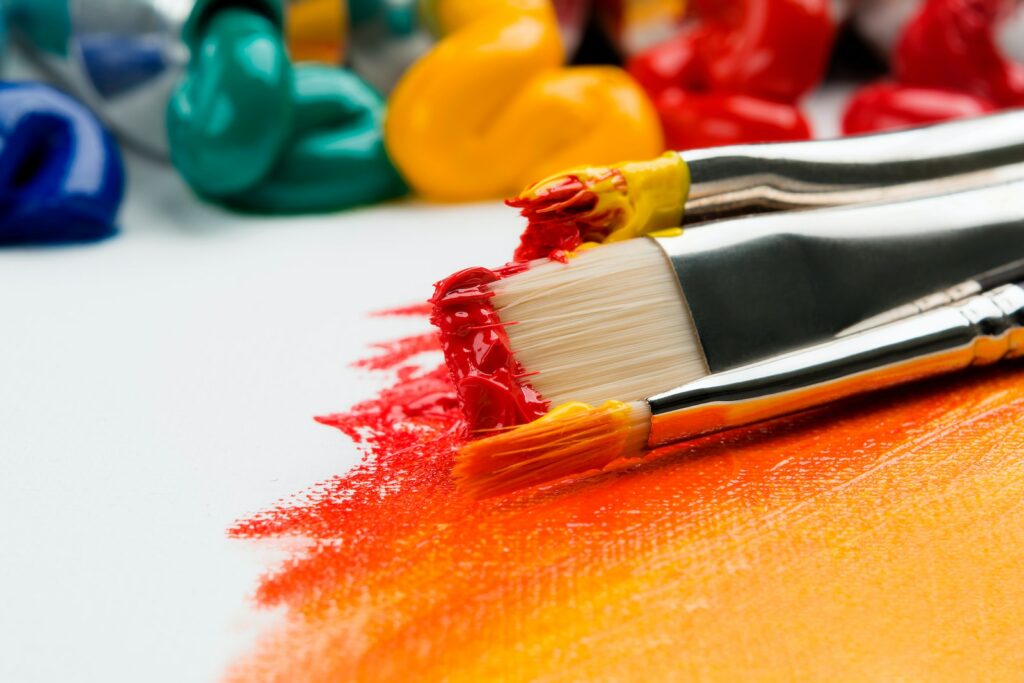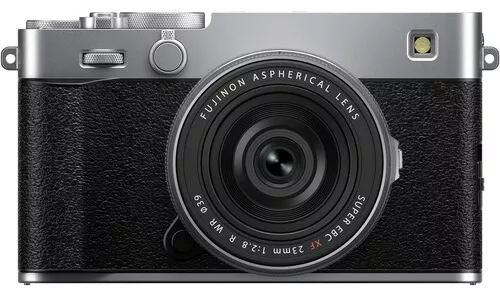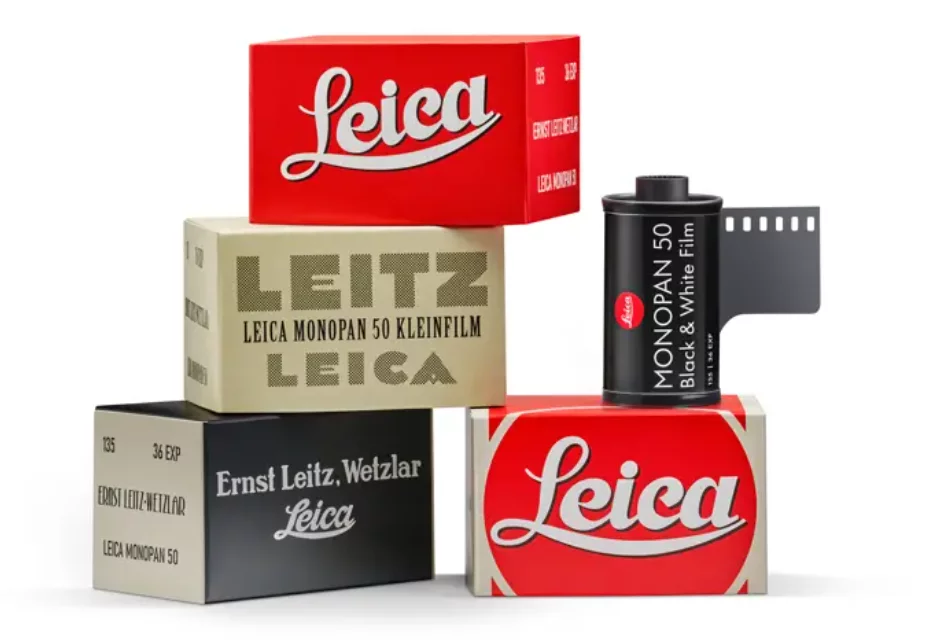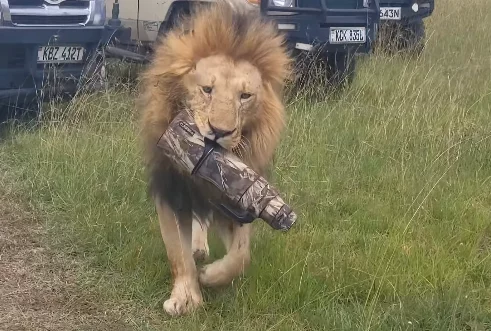There’s little doubt that AI is changing the world around us.

But that doesn’t mean it has to be given the same acceptance as traditional photography.
Sure, generated images are impressive and more than creative (shouldn’t they be), but they’re not the same as traditional art.
At least that’s the argument that seems to have won out over at the World Press Photo Contest after the organization made a splash with an initial acceptance of AI content.
Specifically, AI content was going to be permitted in the contest’s “open-format” category.
The blog post announcing the acceptance of AI-generated content begins in an interesting way: “People have altered photographs for almost as long as they have existed. The earliest known manipulated images originated in the 19th century, and Stalin famously had rivals edited out of photographs in the 20th century. Once digital tools became commonly available in the 1990s, the ease and extent at which photographs could be manipulated greatly expanded. This brings us to today’s age of AI proliferation, which has put the power of image generation and manipulation at our fingertips at a speed and scale never seen before. These new tools are transformative, but within the context of press and documentary photography, they need to be carefully regulated.”
Of course, that’s all gone out of the window now as the World Press Photo Contest has updated its rules, stating in a brief update on its website: “Thanks to the honest and thoughtful feedback over the past days, we have decided to change the rules for the Open Format category in our contest to exclude AI generated images. Both generative fill and fully generated images will be prohibited in the Open Format category (as was already the case in the other categories: Singles, Stories and Long-Term Projects).”
This isn’t the first contest we’ve seen that at least broaches the subject of AI content. Whether submitted as such or under subterfuge, the rise of AI content as a category separate and apart from traditional photography is certain to go down as one of the hallmarks of 2023. Yet it helps to keep in mind that, for many of us, this isn’t really an open debate.
What do you think of the World Press Photo’s decision to reverse accepting AI photos? Let us know in the comments.
We have some more photography news for you to read at this link.





1 Comment
I use generative fill only for the faces of the people I photograph when shooting street photography. This is to avoid the authorizations of the people portrayed. The story remains intact. Do you think this kind of manipulation is not accepted in competitions? I don’t change anything else in the photo!!